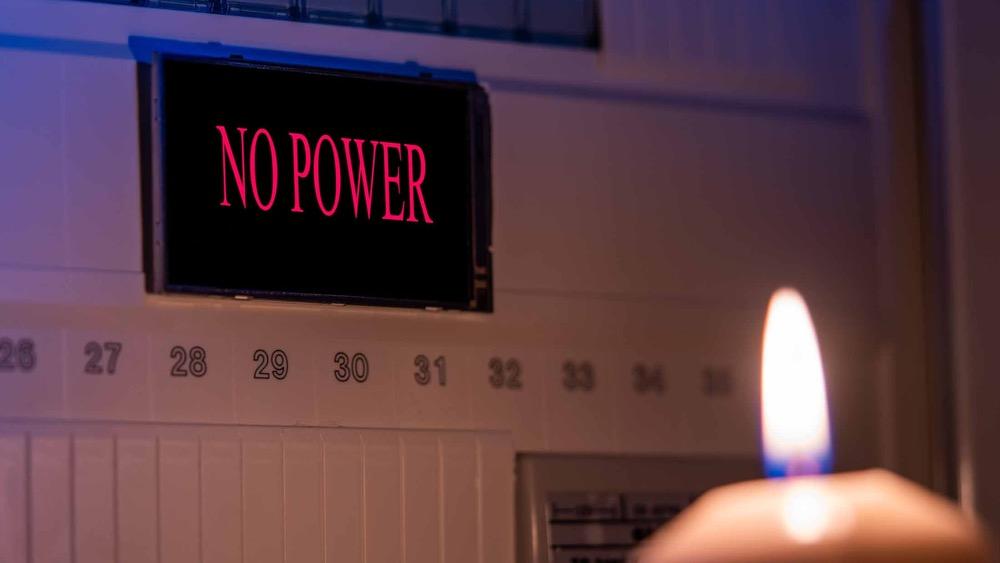John Ruskin, the 19th-century art critic and father of the Arts and Crafts movement, once wrote that you should “have nothing in your houses that you do not know to be useful or believe to be beautiful.” It’s a good rule and one reason I have hung on to and still use my two very old tractors, even though they do not have cabs or power steering. They are tough as a pig’s nose and they are pretty. Every time I look at them, I can’t help wondering if there is anything we make today that will be useful, look pretty or even start 70 years from now.
Our old washing machine quit last month after a quarter century of doing a wash a day for a family of six. We were sad to see it go. Our old repair guy, Lee, had replaced pumps and screens and control panels over the years, but when the motor finally quit and the price of a replacement was $725, he shrugged and suggested it was time.
“It sure doesn’t owe you anything,” he said.
It was a German-made compact that spun the clothes so fast they were basically dry when you took them out. It used practically no water and hissed at you if you put in more than a tablespoon of soap. My wife wanted to buy a new one exactly like it.
Unfortunately, the new German machine is not the old one. Not only is it three times the price, but it is not as reliable anymore. I asked Lee which machines he likes to work on.
“None of them,” he said. “They are all junk.”
Over the next week, I heard this sentiment echoed by a dozen people, from sisters-in-law all the way to the salespeople on the floor of the big-box appliance store. Everybody agrees that washers and dryers have a lifespan of less than 10 years now, and if you don’t buy the extended warranty, you are taking a risk.
My two-cylinder John Deere tractors were made in 1952 and 1953. The smaller, model 40 sports a one-way loader with a manure bucket, and I use the larger AR to run a Cockshutt manure spreader built in 1958. The spreader is loud and clunky and brash, but it lays down a carpet of sheep manure that is so crisp and beautiful it takes your breath away. If I go out there right now, both tractors will start on the first revolution and the spreader will spread. If for some reason something goes wrong, I can usually figure out the problem and fix it myself. If a cog breaks or a bearing wears out, you can always find a new one.
The only parts not still available from John Deere are the cast-iron wheel lugs. I lost one years ago when I replaced a tire and put the six lugs up on the seat. My 3-year-old son climbed up and heaved the lugs as far as he could in four directions. I found five in the grass, but the sixth one had to be bargained for at a tractor show like an antique baseball card.

I have owned these three machines for 30 years now, and no mechanic has ever come to the farm to do surgery. I never consult farm equipment dealers because my brother-in-law is just a phone call away. He collects and restores tractors just like mine, and his face lights up whenever I present him with a challenge, like asking him to explain why the AR always sputters after I do a carburetor kit. He may be the last person left in the county who knows about the one tiny hole everybody misses on the AR carburetor.
Lee is cut from the same cloth and his instinct is to restore the German washer to health. But parts are very expensive and now made out of Swiss cheese. Every problem on the tractors and the spreader is analogue and understandable. Most problems on new machinery are digital and an impenetrable mystery, even to electrical engineers. When components fail, the whole thing is carted off to the dump.
All of us would dearly love to get through this “disappointment phase” of technology and return to a time when shopping for something new is a pleasure and an excitement.
Until then, I may be found at the laundromat.
Dan was born in Toronto and raised partly in the city and partly in the country. His mother moved the family out of the city each spring to a hobby farm near Rosemont, Ontario where he and his brothers and sisters tended to a herd of Jersey cows and worked on the neighbouring farms of the 7th Line.














